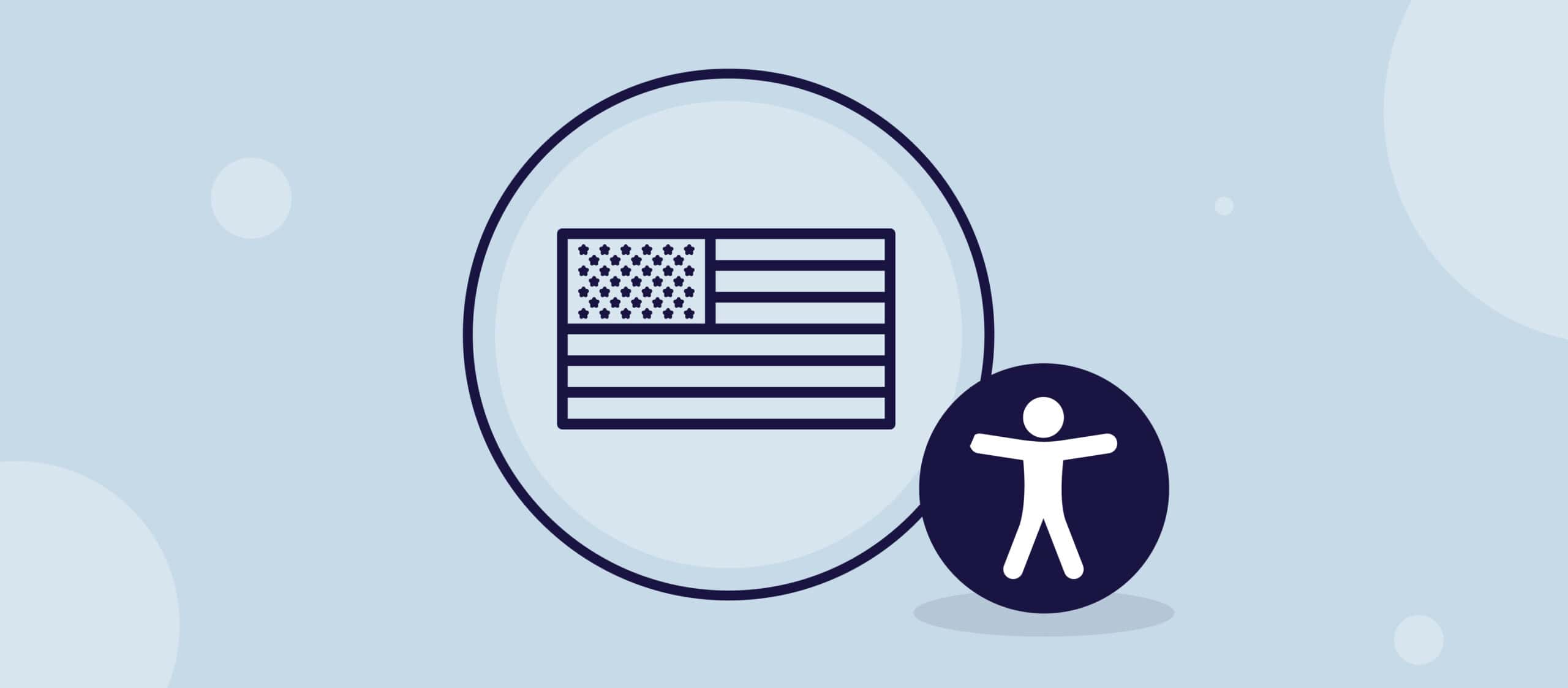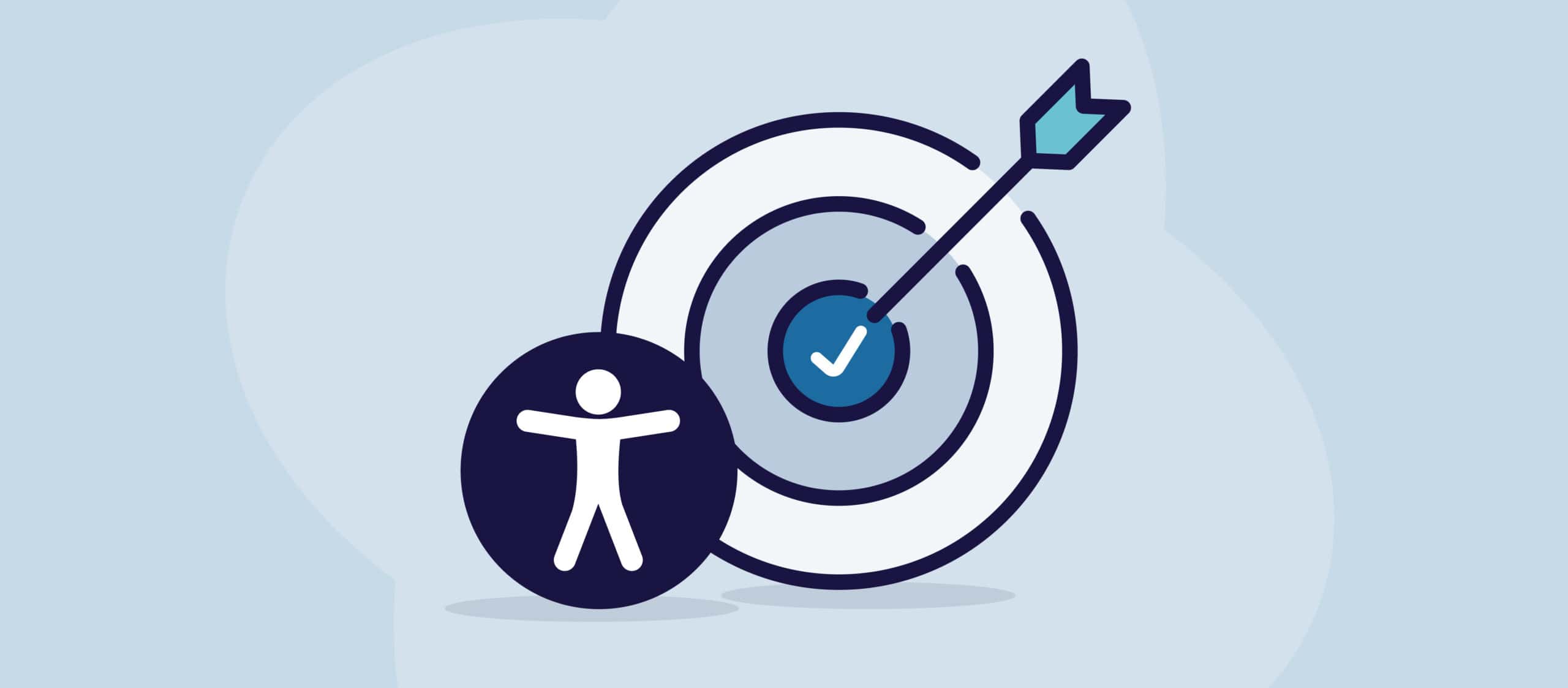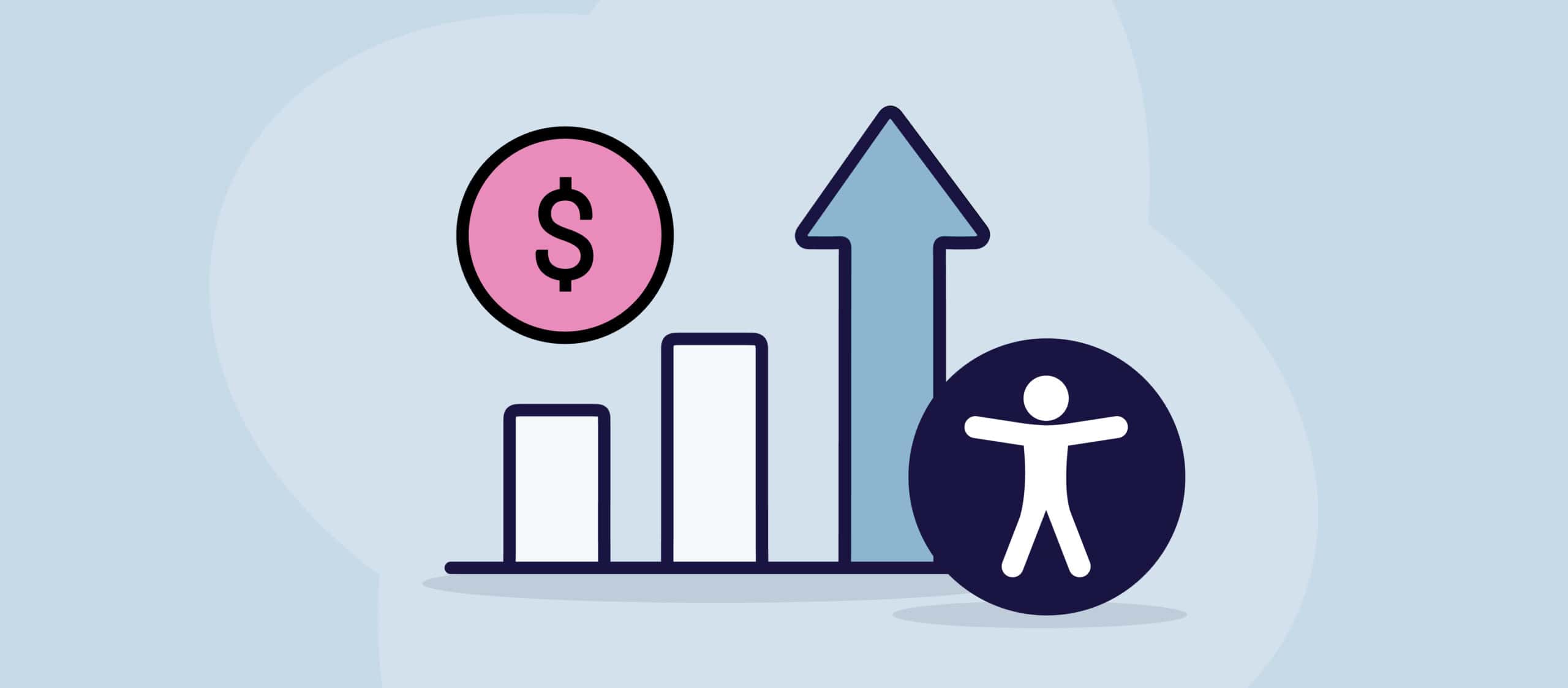In an age where digital platforms shape our everyday lives – from shopping to banking, learning to socializing – ensuring these platforms are accessible to all, regardless of physical or cognitive abilities, is paramount. It is where the Americans with Disabilities Act (ADA) steps in, playing a crucial role in ensuring equitable access to digital resources.
Understanding the ADA
Enacted in 1990 and amended in 2008, the ADA is a civil rights law prohibiting discrimination against individuals with disabilities in public life. It includes jobs, schools, transportation, and all public and private places open to the general public. Its goal is to ensure that people with disabilities enjoy the same rights and opportunities as everyone else.
Digital Accessibility and ADA
Initially, when the ADA was enacted, the internet was in its infancy, and many of today’s digital platforms were non-existent. As such, the act didn’t initially address digital accessibility. However, as the digital landscape evolved, so did interpretations of the ADA. Several thousand lawsuits and subsequent settlement and resolution agreements have demonstrated the Department of Justice’s expanded application of the ADA’s mandate for proactively accessible environments to cover websites and digital platforms. To further undergird the commitment to digital accessibility, recently proposed changes to the ADA have been released that move digital accessibility from legal interpretation to a written, legal requirement.
In essence, if a business has a physical location that is accessible to the public, there is an expectation that its website and other digital platforms must also be accessible to individuals with disabilities. This means businesses must ensure their digital content is usable by individuals with various disabilities, from visual and hearing to motor and cognitive disabilities.
Why Digital Accessibility Matters
- Ethical Responsibility: Just as a physical store would have ramps for wheelchair access, digital platforms should have features that make them usable for everyone. It’s a matter of inclusivity and providing equal opportunities for all.
- Wider Audience: By making a website or app accessible, businesses can tap into a broader market segment. It’s estimated that around 15% of the world’s population experiences some form of disability. Ignoring digital accessibility could mean excluding a significant number of potential customers.
- Legal Implications: Many companies have faced lawsuits for non-compliant websites. While there aren’t strictly detailed guidelines on what makes a site ADA-compliant, the Web Content Accessibility Guidelines (WCAG) serve as a widely accepted benchmark.
Steps Toward Digital Accessibility
- Awareness and Training: Educate your team about the importance of digital accessibility. It isn’t just the job of the IT department; marketers, content creators, and designers all play a role in ensuring digital content is accessible.
- Regular Audits: Use automated tools and manual testing to check your website for accessibility regularly. This includes checking colour contrast, ensuring all images have alt text, and verifying that the site can be navigated using a keyboard.
- Consult with Experts: Consider hiring a digital accessibility consultant. They can provide a detailed site analysis, recommend changes, and guide your team through implementation.
- Feedback Mechanism: Allow users to give feedback on your website’s accessibility. It not only aids in making necessary modifications but also demonstrates a commitment to serving all users.
The Future of Digital Accessibility
With technological advancements, new forms of digital interaction emerge regularly, from AR/VR experiences to AI-driven chatbots. As these technologies evolve, so too must our approach to accessibility.
The ADA serves as a reminder and a regulatory framework that champions the rights of all users. In an interconnected digital age, understanding and implementing the principles enshrined in the ADA isn’t just a legal necessity but a testament to a brand’s commitment to equity, inclusivity, and forward-thinking.
All that to say…
Digital accessibility is not merely about adhering to regulations – it’s about building an inclusive digital ecosystem where everyone can participate fully, regardless of their abilities. By understanding the ADA in relation to digital accessibility, businesses can ensure they are both compliant and ethically attuned to the needs of all their users.



